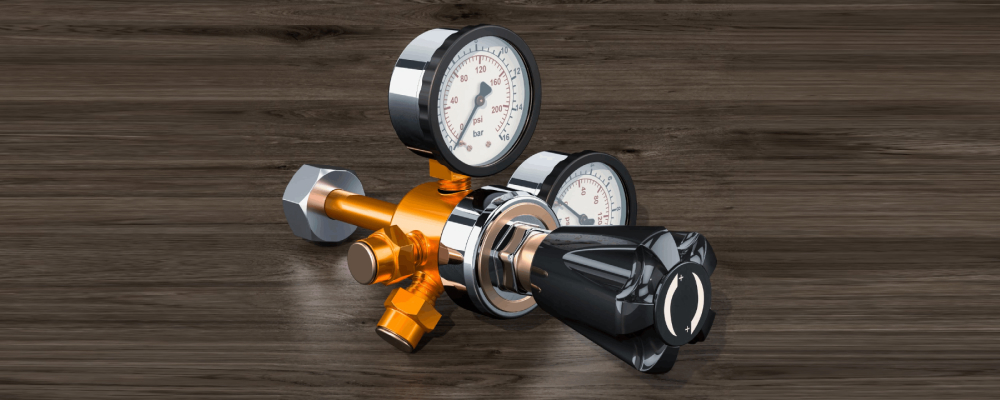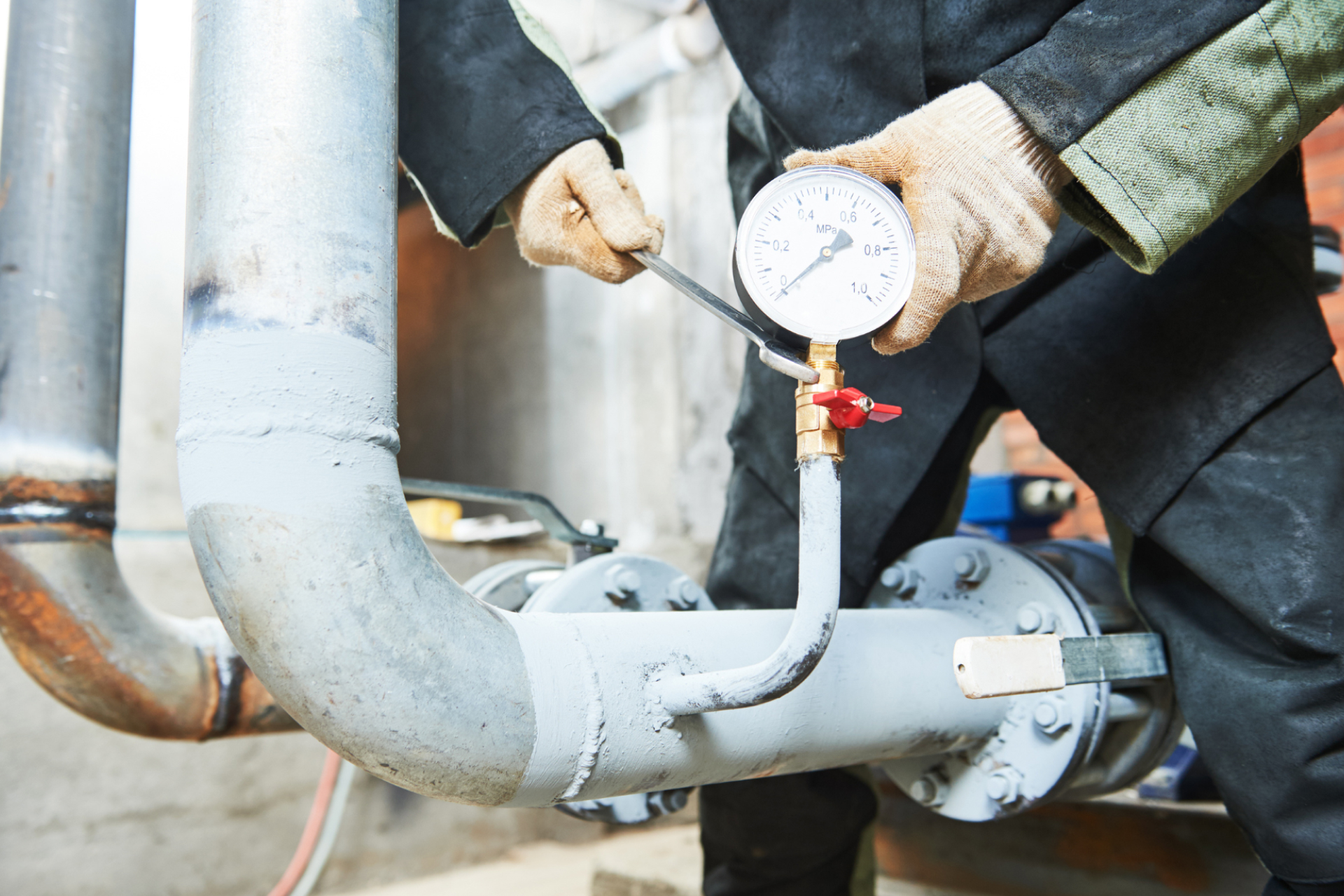
How to Adjust Your Water Pressure Regulator
Water pressure regulators—a.k.a. pressure reducing valves—play a quintessential role in residential plumbing systems. As the name implies, they control the force with which the water flows through your pipe—thus making for a strong or weak flow.
However, if the water pressure in your home becomes too high or too low, you may need to adjust them manually. It’s also a smart idea to do this before the end of winter in preparation for the heavy rain that comes with the spring season.
With that in mind, keep reading to learn more about them and the steps involved in adjusting a pressure-reducing valve. Let’s get into it!
How Do Water Pressure Regulators Work?
A water pressure regulator is a specialized type of valve designed to ensure the flow coming in from your municipal water supply is manageable for your pipes.
They work by using a spring-loaded diaphragm mechanism:
- If the incoming pressure exceeds the preset level, the diaphragm compresses against the spring tension. This forces the regulator valve to partially close, thus restricting the flow and thereby reducing the water pressure.
- If the pressure drops below the set level, the spring tension pushes on the diaphragm to open the valve wider. This allows more water to pass through while maintaining a more consistent and controlled pressure.
As such, most water pressure regulators have a screw on top that can be adjusted to increase tension in the innerspring or loosened to allow water to flow freely. We’ll talk more about this when we get into the steps for adjusting the pressure!
Why You Need a Water Pressure Reducing Valve

Image source: Canva
With unregulated high water pressure, you run the risk of:
- Leaky pipes as you wear out their joints
- Damaging or wearing out your fixtures and appliances, often shortening their lifecycles and causing them to break down prematurely
- Burst pipes during the winter, which can cost thousands of dollars to repair
- Putting unnecessary stress on your water heater can shorten its lifespan and lead to you needing a replacement
- Running up your monthly water bills
Now, let’s look at how you can adjust a water pressure regulator yourself—having one won’t do much good if it isn’t set properly!
Adjusting Your Pressure Reducing Valve
The good news is adjusting your pressure-reducing valve is straightforward, with it typically being a DIY job that takes less than an hour.
You will only need two tools to get started:
- Crescent wrench
- Pressure gauge
With those in check, let’s proceed to the next steps.
1. Assess Current Water Pressure
Step one is assessing your home’s current water pressure, as you should have an idea of where it stands before making adjustments. The easiest way to do this is by attaching a pressure gauge to any hose spigot and then observing the reading.
2. Find the Water Pressure Regulator
Next, you need to find the water pressure regulator. This is a bell-shaped device that’s close to the main water supply and sits on top of the pipe.
3. Loosen the Lock Nut
The top part of the regulator should have the adjustment screw and the lock nut. The former raises and lowers the water pressure, but before you can adjust it, the lock nut must be loosened first. Turn the wrench in a counter-clockwise direction to loosen the nut. Be careful not to turn it too far, however.
4. Turn the Adjustment Screw
Now, position the wrench over the top nut of the adjustment screw and turn it accordingly. Counterclockwise turns will decrease the pressure, while clockwise turns will increase the pressure. The water pressure gauge will indicate changes in PSI.
Tip: make the adjustments one to two full revolutions at a time.
4. Tighten the Lock Nut
Once you have the desired pressure, tighten the lock nut back into its original position by doing the reverse of what you did before. This will ensure it stays set!

Image source: Canva
Have PlumbWize Adjust Your Water Pressure Regulator
While adjusting a pressure-reducing valve can be easy, there are always risks associated with DIY handiwork—especially when it comes to plumbing. So, to avoid costly mishaps, consider calling a professional plumber from PlumbWize.
With over 60 years of plumbing experience, you can rest assured that we know a thing or two about adjusting a pressure-reducing valve. We’ll work quickly and efficiently to ensure yours is set at your desired water pressure, keeping your pipes safe all year round.
Forget DIY! Call us today if you need to adjust a water pressure regulator!





 0
0 905-332-8222
905-332-8222